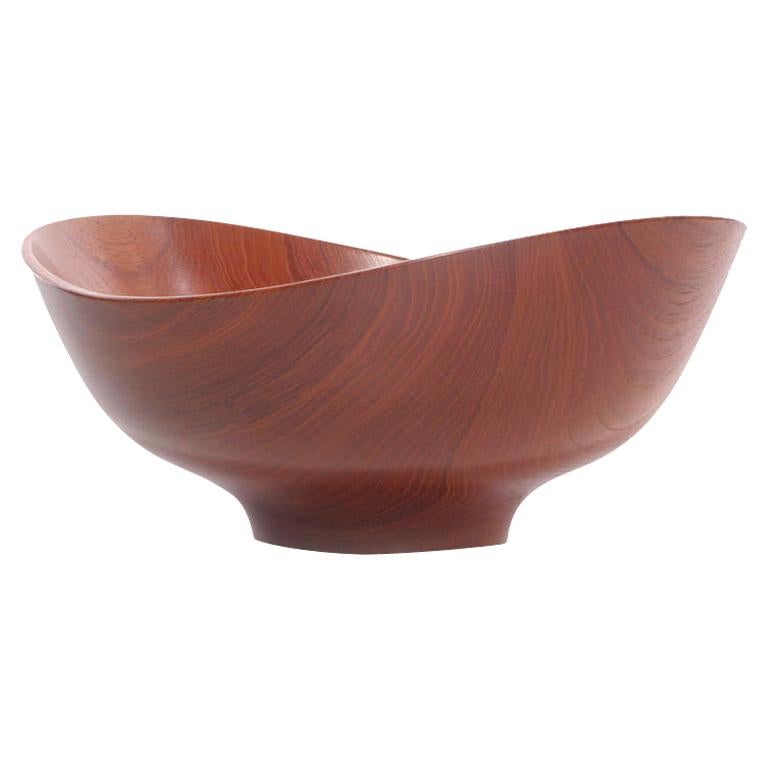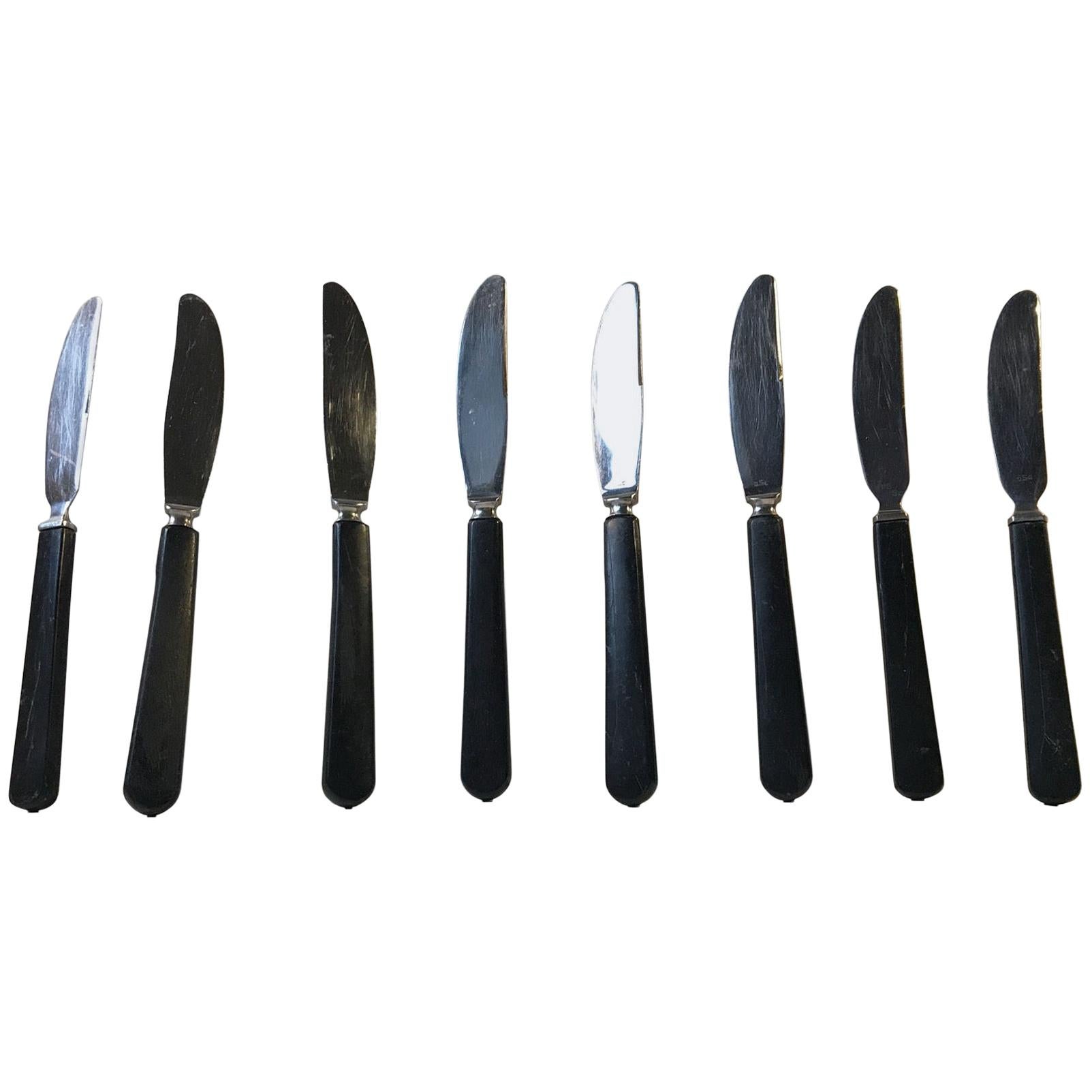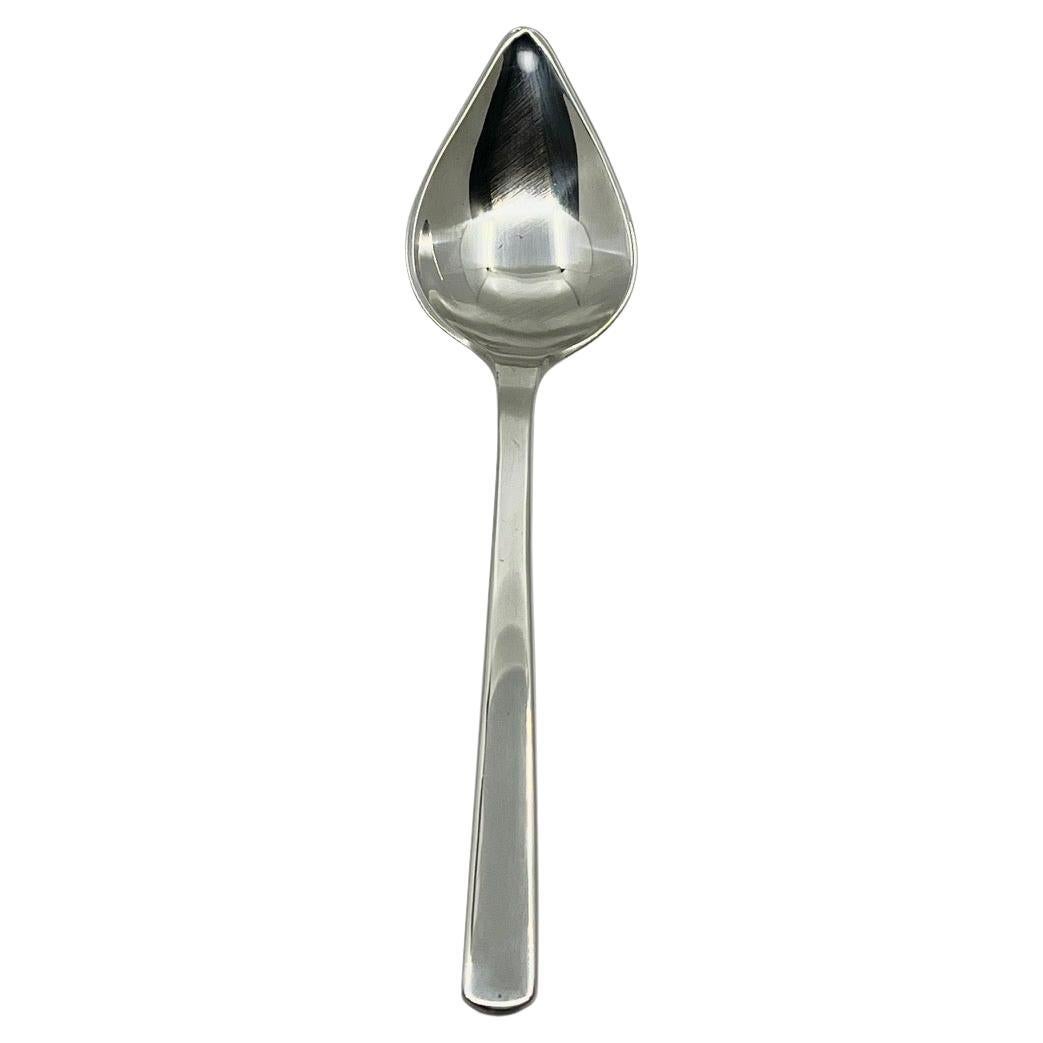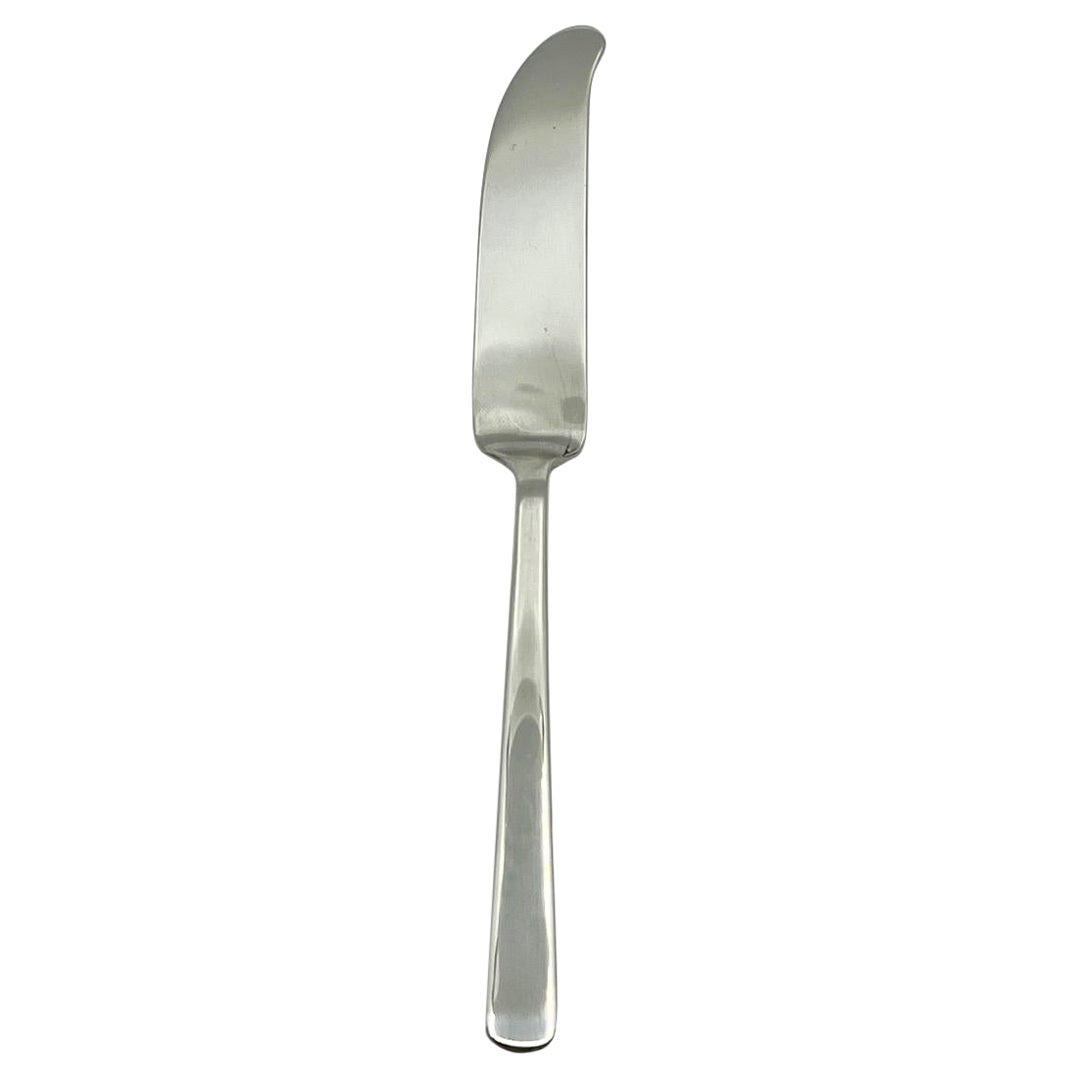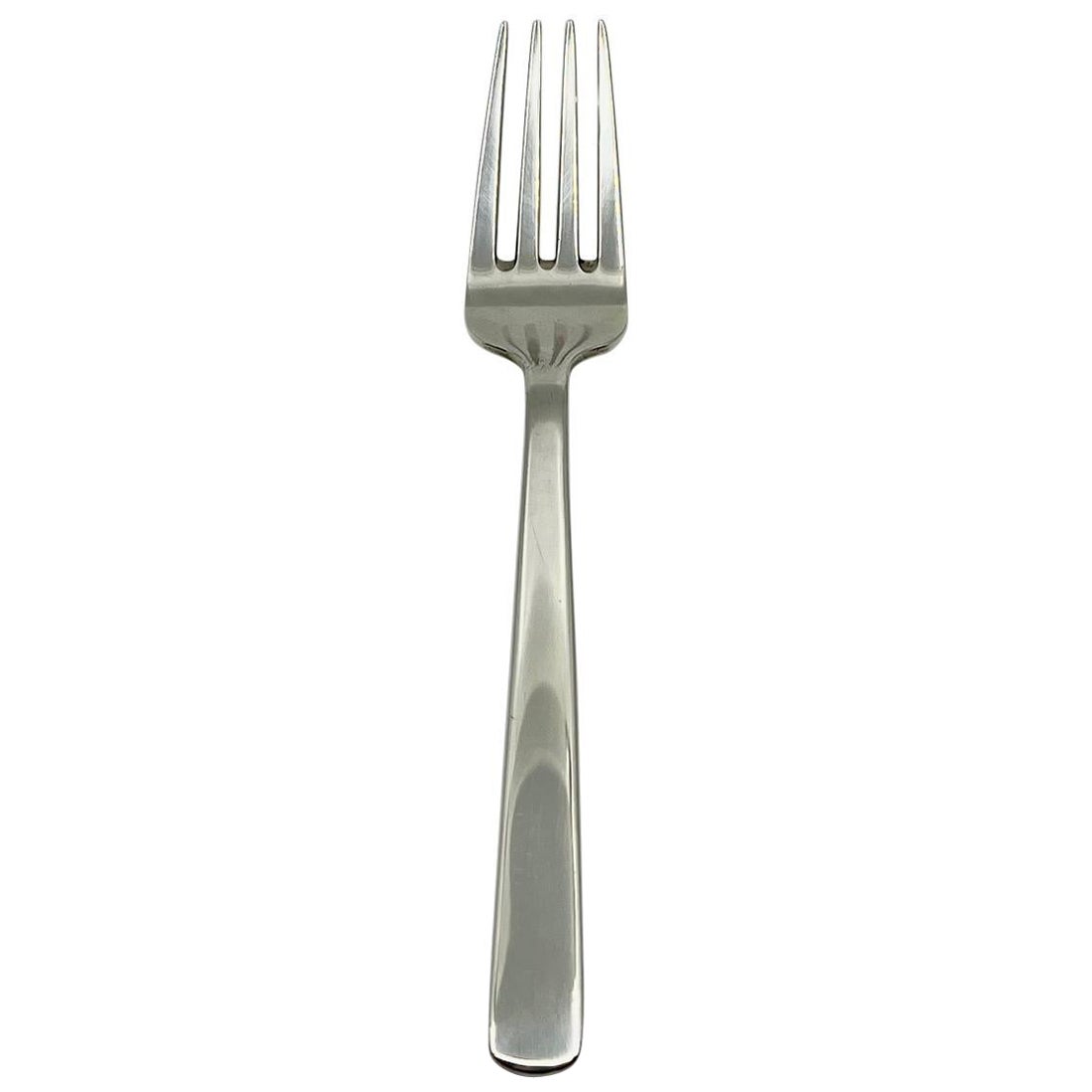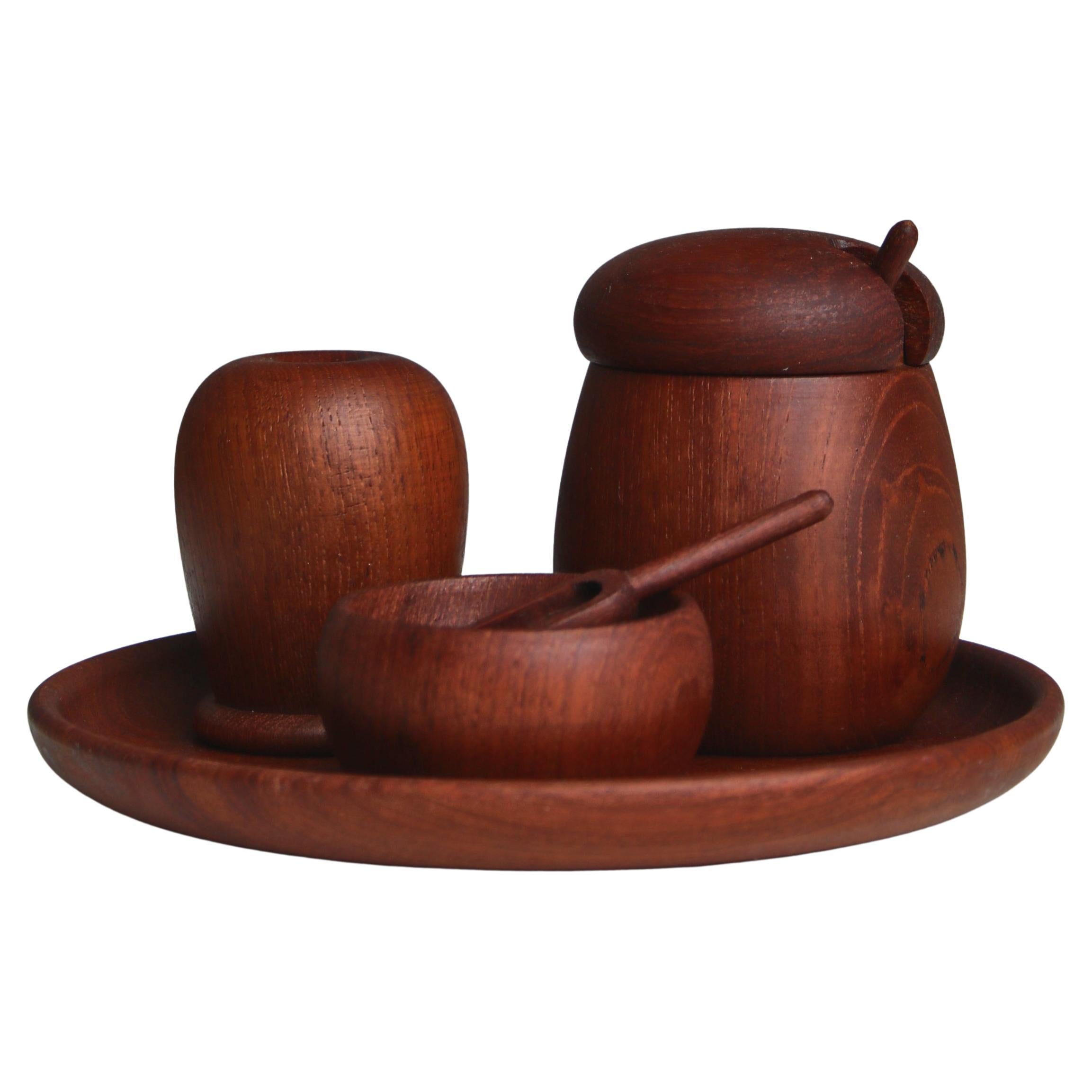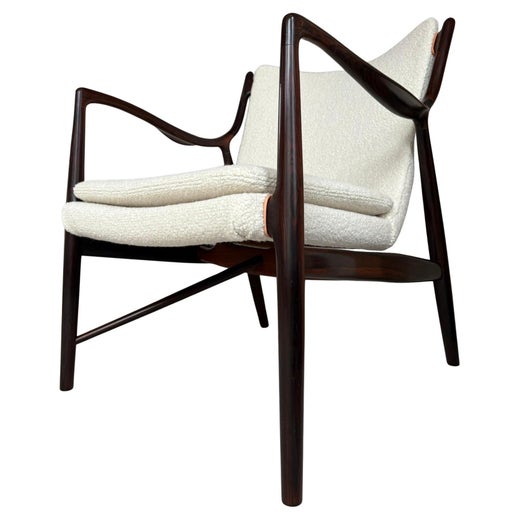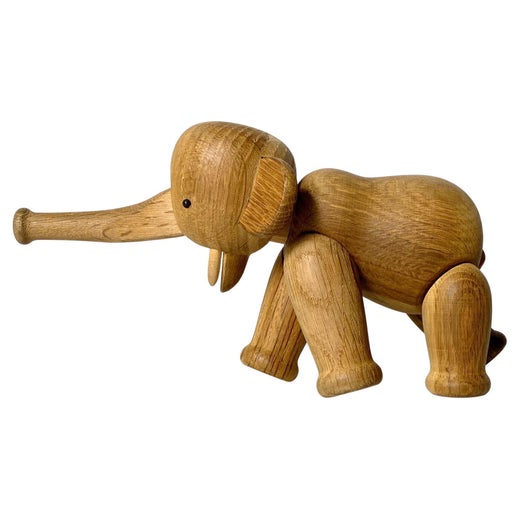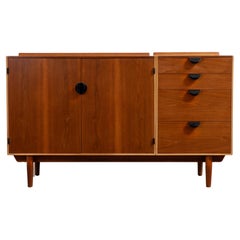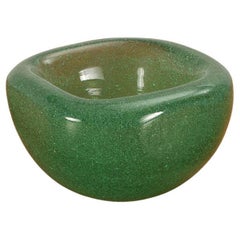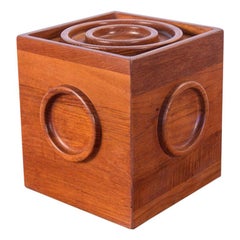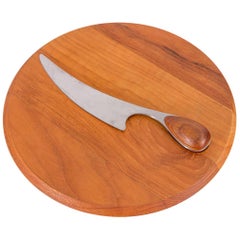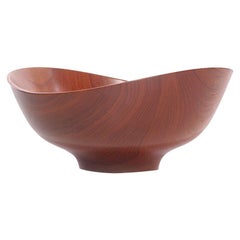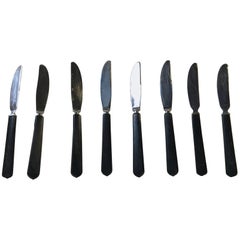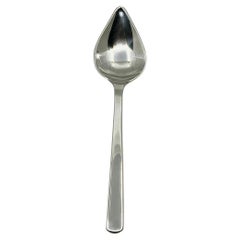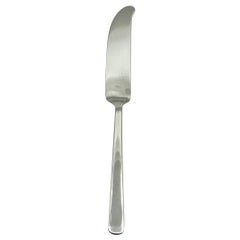Finn Juhl for Kay Bojesen Teak Bowl
About the Item
- Creator:Finn Juhl (Designer),Kay Bojesen (Manufacturer)
- Dimensions:Height: 2.5 in (6.35 cm)Width: 6 in (15.24 cm)Depth: 6 in (15.24 cm)
- Style:Mid-Century Modern (Of the Period)
- Materials and Techniques:Teak,Turned
- Place of Origin:
- Period:
- Date of Manufacture:1950s
- Condition:Wear consistent with age and use.
- Seller Location:Brooklyn, NY
- Reference Number:1stDibs: LU954121007372
Finn Juhl
Along with Hans Wegner, Arne Jacobsen and Børge Mogensen, Finn Juhl was one of the great masters of mid-20th-century Danish design. Juhl was the first among that group to have his work promoted overseas, bringing the character of the nation’s furnishings — and the inherent principles of grace, craftsmanship and utility on which they were based — to an international audience.
A stylistic maverick, Juhl embraced expressive, free-flowing shapes in chair, credenzas and sofa designs much earlier than his colleagues, yet even his quietest pieces incorporate supple, curving forms that are at once elegant and ergonomic.
As a young man, Juhl hoped to become an art historian, but his father steered him into a more practical course of study in architecture. He began designing furniture in the late 1930s, a discipline in which, despite his education, Juhl was self-taught, and quite proud of the fact.
Juhl’s earliest works, designed in the late 1930s, are perhaps his most idiosyncratic. The influence of modern art is clear in his 1939 Pelican chair: an almost Surrealist take on the classic wing chair. Critics reviled the piece, however; one said it looked like a "tired walrus." Juhl had tempered his creativity by 1945, when the workshop of Danish cabinetmaker Niels Vodder began to issue his designs. Yet Juhl’s now-classic NV 45 armchair still demonstrates panache, with a seat that floats above the chair’s teak frame.
Juhl first exhibited his work in the United States in 1950, championed by Edgar Kaufmann Jr., an influential design critic and scion of America’s most prominent family of modern architecture and design patrons. (Kaufmann’s father commissioned Frank Lloyd Wright’s design of the house “Fallingwater.”)
Juhl quickly won a following for such signature designs as the supremely comfortable Chieftan lounge chair, the Judas table — a piece ornamented with stylish inlaid silver plaquettes — and the biomorphic Baker sofa. After an article authored by Kaufmann on Juhl and his work appeared in the U.S.-based magazine Interiors in 1948, he began receiving American commissions.
Kaufmann commissioned Juhl to create the exhibition design for, and contribute pieces to, the 1951 edition of the Good Design shows he organized for MoMA and Chicago’s Merchandise Mart. Baker Furniture asked Juhl to design for the firm, and he produced a collection of chairs, tables and cabinets, and, later, the 1957 sofa.
Scandinavian modernist seating, such as the chairs and sofas Juhl created for Baker, became immensely popular in postwar America, as the seeds of the Scandinavian style that Juhl sowed took root and spread in the United States. Juhl and his work featured prominently in the landmark show “Design from Scandinavia,” which opened in 1954 at the Virginia Museum of Fine Arts and traveled to 24 museums in the U.S. and Canada; over three years, it was seen by more than a million people.
Juhl’s furniture — as well as his ceramics, tableware and accessories — has an air of relaxed sophistication and elegance that is unique in the realm of mid-century design.
Find vintage Finn Juhl armchairs, coffee tables, desks and other furniture for sale on 1stDibs.
Kay Bojesen
Silversmith and designer Kay Bojesen became world-famous for creating wooden toys that had a soul and an impish sense of humor. With more than 2000 pieces to his name, he was one of Denmark's most prolific artisans in the 20th century. He is best known for his playful and cheerful monkeys, royal lifeguards and other wooden toys, but his repertoire of products also includes jewelry, cutlery, teapots and silver goblets. Kay Bojesen graduated as a silversmith in 1910 after completing his apprenticeship with silversmith Georg Jensen. As one of the first Danish artisans to do so, he embraced functionalism. He was among the pioneers who organized Den Permanente association – a cooperative of artists that included a shop and exhibition space, which over the decades came to represent the best in Danish and Scandinavian design. The year 1919 became the start of a New Era for Kay Bojesen. His son Otto was born and this life event sparked Kay Bojesen's imagination. In the 1930s, he started to indulge his interest in wood. He created a range of wooden toys that all lived up to his ideal that design should be round, soft and have a good feel to it. His idea was not to create lifelike copies of real animals or to be too sophisticated or focus too much on detail, but instead to create imaginative toys in designs based on a child's world where “lines need to smile”. With this basic philosophy in mind, Kay Bojesen created his beloved wooden toys that appeal to the child within us all. Kay Bojesen retained his childish curiosity till the end and left an important design heritage behind.
- ShippingRetrieving quote...Shipping from: Brooklyn, NY
- Return Policy
More From This Seller
View AllVintage 1950s American Mid-Century Modern Credenzas
Maple, Walnut
Vintage 1940s Italian Mid-Century Modern Decorative Bowls
Murano Glass
20th Century Danish Mid-Century Modern Tableware
Teak
20th Century Danish Mid-Century Modern Platters and Serveware
Teak
Vintage 1950s Danish Scandinavian Modern Cabinets
Oak, Teak
Vintage 1950s Danish Scandinavian Modern Office Chairs and Desk Chairs
Leather, Teak
You May Also Like
Vintage 1950s Danish Scandinavian Modern Serving Bowls
Teak
Vintage 1950s Mid-Century Modern Tableware
Stainless Steel
20th Century Modern Tableware
Sterling Silver
20th Century Modern Tableware
Sterling Silver
20th Century Modern Tableware
Sterling Silver
Vintage 1960s Danish Scandinavian Modern Tableware
Teak
